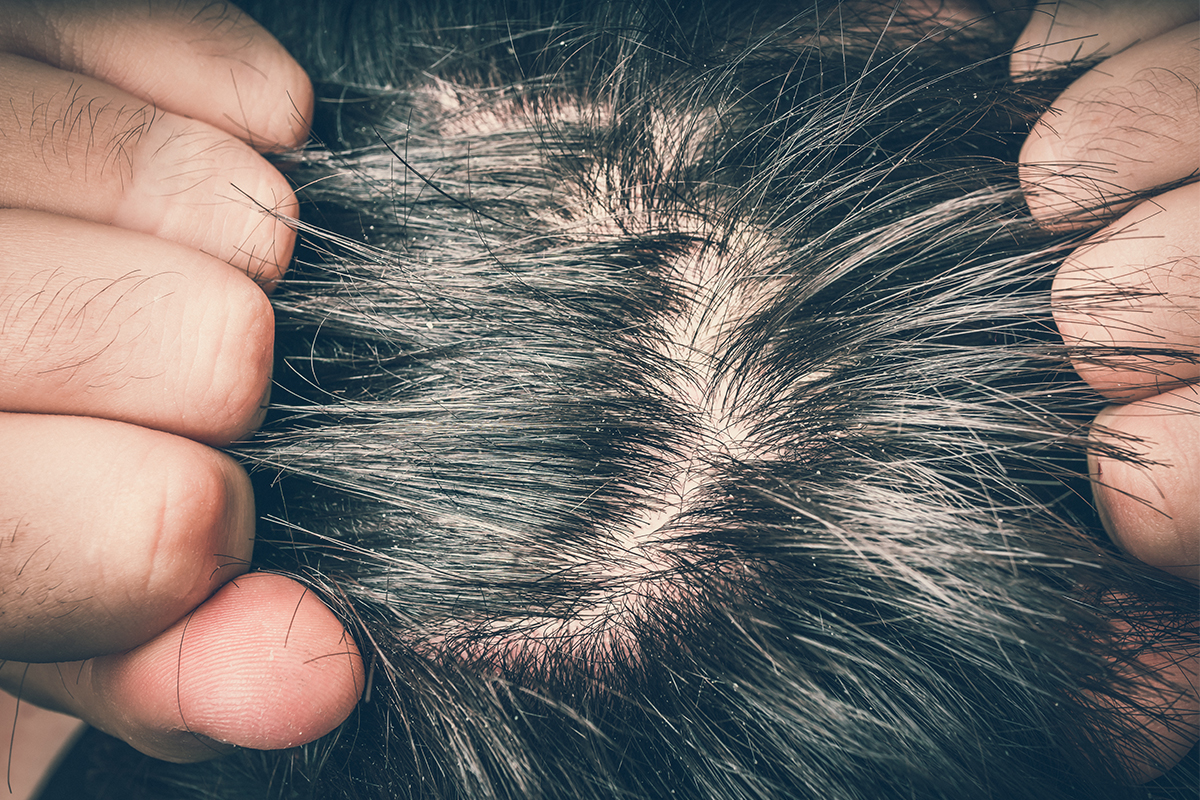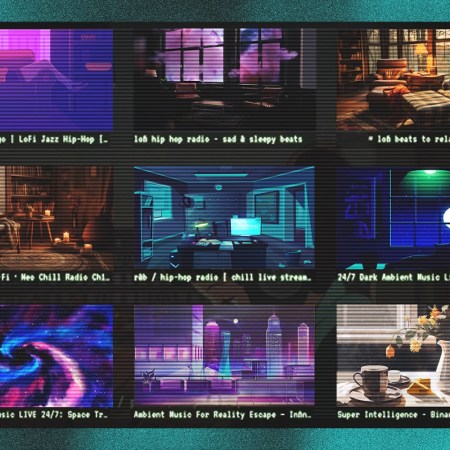TikTok has long played willing host to dumb and dangerous trends. At various times on the platform, people have filed down their own teeth, dipped their testicles in soy sauce, and even licked public toilet bowls in an effort to get coronavirus on purpose.
It’s easy to point out how abjectly insane these experiments are, but that doesn’t mean other users don’t want to watch them happen — or even try them out for themselves, in the name of king content.
One of the latest trends is another head-scratcher: “scalp popping.” The origin video shows a barber tugging sections of a man’s hair back so hard that the man’s head makes loud cracking noises, similar to the sound a back makes when you twist and turn in a chair. Check out the video below:
To answer the questions that come to any rational person’s mind after watching that video — no, scalp popping is not safe, and no, it does not serve any purpose. Naturally, the video has nearly two million likes and millions more than that in views.
What’s even happening here? According to Dr. Anthony Youn, a plastic surgeon with a TikTok following of his own, “This is when pull the hair so hard you pop the galea off of the skull that you create [a] popping sound.” The galea aponeurotica is a “tough fibrous sheet of connective tissue that extends over the cranium,” as defined by Radiology Reference. When the barber pulls the man’s hair back, he’s pulling the tissue it’s attached to, too, with such force that it slaps back against the skull, creating the “pop.”
Some seem to find the sound satisfying — perverse ASMR is certainly having a moment — but the endgame is nowhere worth it. This can lead to tears, scarring, inflammation, and even bleeding inside the scalp. Fortunately, Dr. Youn commands a large audience of his own (with 6.5 million followers), so it’s possible the experts have intervened before high school kids start trying this at lunch.
Kudos, also, to TikTok itself, for dropping the following disclaimer on the #scalppopping page: “Performance, imitation, or encouragement of dangerous amateur stunts and risky behavior that can lead to serious injury or death is not permitted on TikTok.” Just this once, let’s hope the platform means it.
Whether you’re looking to get into shape, or just get out of a funk, The Charge has got you covered. Sign up for our new wellness newsletter today.


















